What are the characteristics of 99 alumina ceramics
In modern industry and high-tech fields, the performance of materials often determines the limits of products. Among them, 99 alumina ceramic (also known as 99 ceramic, composed of 99% Al ₂ O ∝), as an advanced structural ceramic, has become a “key master” in many demanding application scenarios due to its excellent comprehensive performance. So, what are its prominent features? What difficult problems can we solve for various industries?
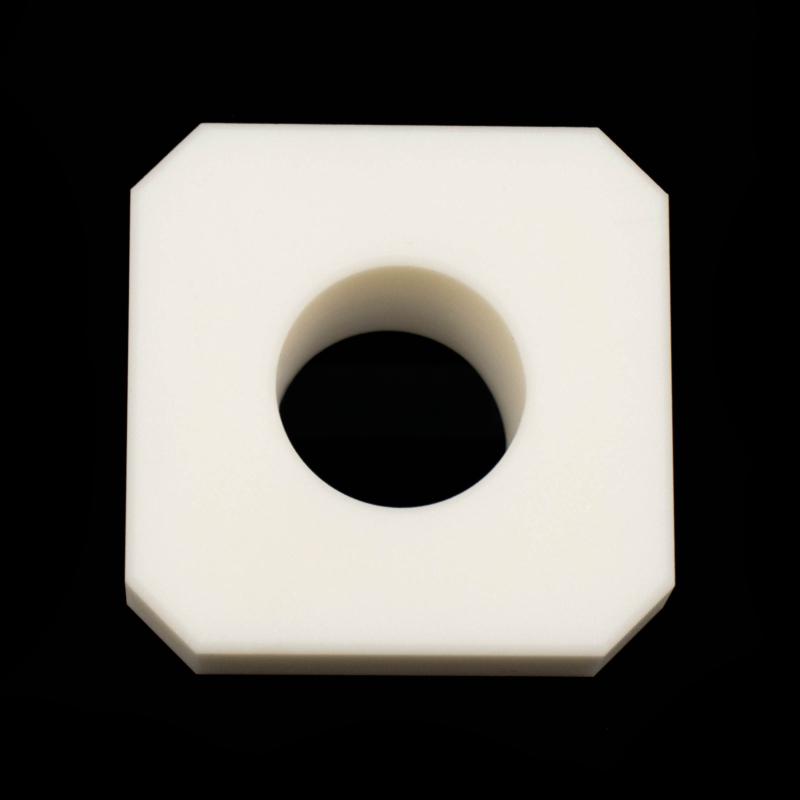
What is 99 alumina ceramic?
Firstly, let’s briefly understand what it is. Aluminum oxide ceramics are ceramic materials made from high-purity aluminum oxide (Al ₂ O3) as the main raw material, through molding and ultra-high temperature sintering. According to the different purities of alumina, it can be divided into 75 porcelain, 85 porcelain, 95 porcelain, and 99 porcelain. Among them, 99 alumina ceramics have the highest purity and excellent performance, with an alumina content of over 99%. The higher the purity, the denser the crystal structure, and the better the various physical and chemical properties it brings.
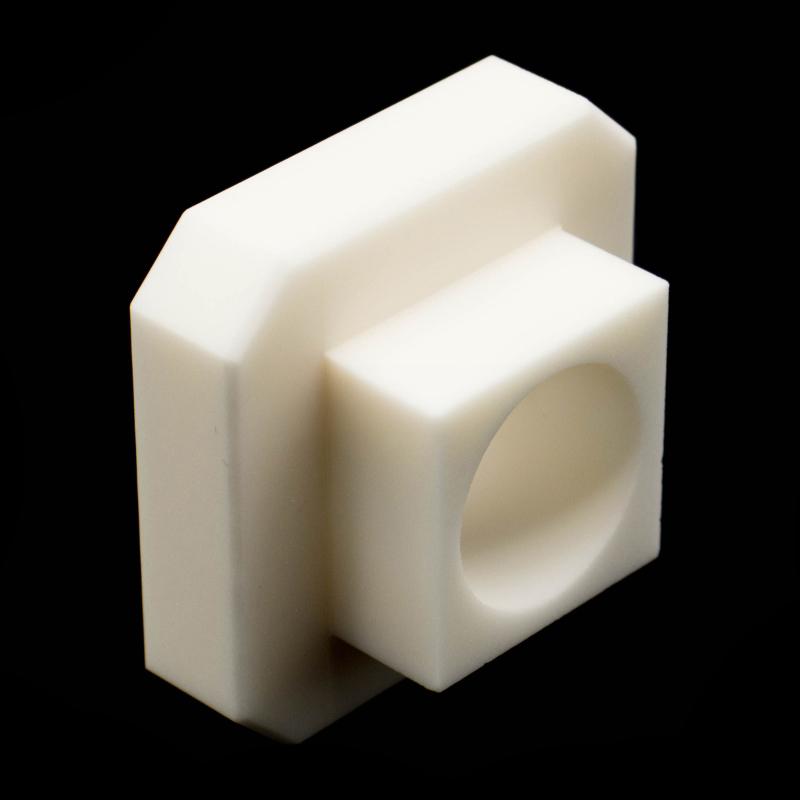
The Six Core Characteristics and Solutions of 99 Alumina Ceramics
- Extremely high hardness and excellent wear resistance
Characteristic description: Its Rockwell hardness (HRA) can reach 80-90, second only to diamond and boron carbide, far exceeding quenched steel and hard alloys.
What problem to solve:
Problem: Traditional metal components are prone to wear and tear under high-speed and high-pressure friction conditions, resulting in decreased equipment accuracy, shortened lifespan, and frequent replacement.
Solution: Used as wear-resistant components such as ceramic bearings, ceramic valves, nozzles, guide rails, shaft sleeves, etc., it can withstand long-term particle erosion and friction, extend equipment life by several times or even tens of times, and greatly reduce downtime and maintenance costs. - Excellent mechanical strength
Characteristic description: Although ceramics often give people the impression of being fragile, high-purity 99 alumina ceramics have very high bending strength (up to 300-400 MPa) and can withstand large pressures and loads.
What problem to solve:
Challenge: In scenarios that require high voltage, high load, and lightweight, metal components are heavy and may undergo plastic deformation.
Solution: Used for robotic arm end effectors, high-performance cutting tools, vacuum suction cups, etc., it achieves lightweight while ensuring structural strength, improving equipment operating efficiency and accuracy. - Excellent high temperature resistance and thermal shock resistance
Characteristic description: The melting point is as high as 2050 ℃, and it can maintain its strength and shape in an environment of 1600 ℃ for a long time. At the same time, it has good thermal stability and can withstand drastic temperature changes without cracking.
What problem to solve:
Challenge: In industries such as metallurgy, glass, and semiconductor, components inside high-temperature furnaces (such as crucibles, furnace tubes, and firing plates) are prone to softening, deformation, or oxidation.
Solution: As the core material of high-temperature kilns, 99 alumina ceramic parts can work stably without polluting the furnace environment, ensuring the sintering quality of products and serving as a key carrier for preparing high-purity materials. - Powerful electrical insulation performance
Characteristic description: At room temperature, the resistivity can reach over 10 ¹⁵Ω· cm, and even in high temperature environments, its insulation performance is still far superior to the vast majority of engineering materials.
What problem to solve:
Challenge: The development of electronic devices towards miniaturization and high power has put forward extreme requirements for the voltage resistance, arc resistance, and heat dissipation capabilities of insulation components, which ordinary plastics or resins cannot meet.
Solution: Used as integrated circuit substrate (such as LED bead substrate), electronic tube shell, high-voltage insulation porcelain bottle, spark plug, etc. It not only reliably isolates current, but also quickly dissipates the heat generated by the chip, ensuring the stable operation of electronic devices under high voltage and high frequency. - Stable chemical inertness
Characteristic description: It has strong resistance to most acids, bases, and molten metals, is not prone to chemical reactions, and has excellent oxidation resistance.
What problem to solve:
Challenge: In the fields of chemical engineering and biomedical engineering, components such as reactors, pipelines, and pump bodies that come into long-term contact with corrosive media are prone to corrosion, product contamination, and even accidents.
Solution: Used for manufacturing lining, valve core, biomedical implants (such as artificial joints), etc. for chemical anti-corrosion pumps. It ensures the purity and safety of the production process, and also exhibits excellent biocompatibility in the human body. - Other outstanding features
Low density: The density is about 3.6-3.9 g/cm ³, which is only about half of that of steel, which is conducive to achieving lightweight design.
High frequency wave transparency: It has good transparency to microwaves and radio waves and is an ideal material for manufacturing radar antenna covers and microwave oven cavities.
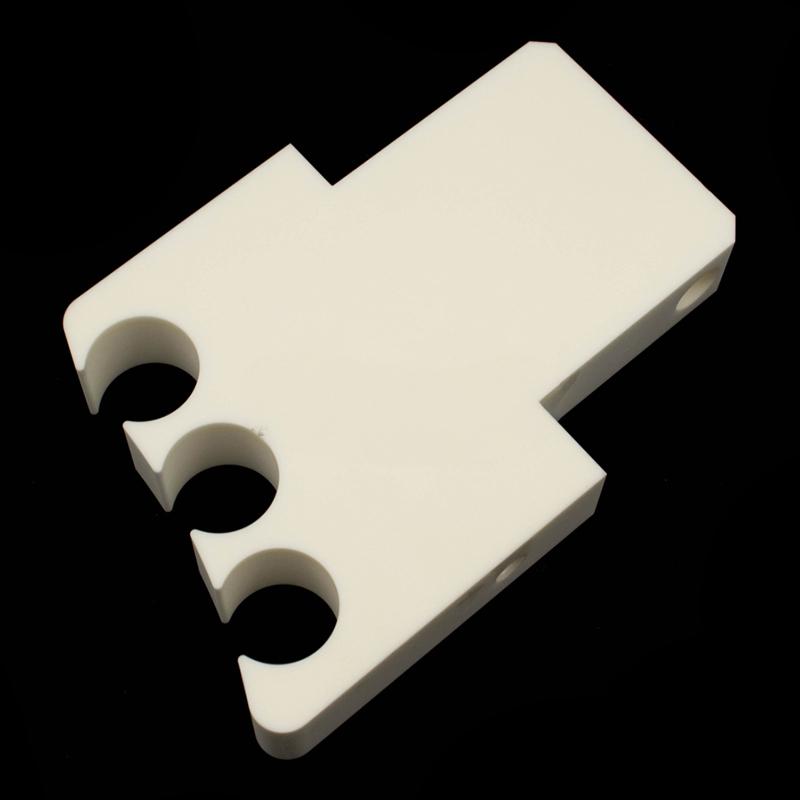
Advantage
High hardness and wear resistance: ceramic bearings, sandblasting nozzles, textile ceramic parts, mechanical sealing rings
High mechanical strength: robotic arm components, cutting tools, vacuum suction cups
High temperature resistance and shock resistance: High temperature furnace tubes, crucibles, burning plates, thermocouple protection tubes
High electrical insulation: integrated circuit substrate, high-voltage insulator, spark plug, circuit packaging
Corrosion resistance and chemical inertness: chemical pump valve lining, biomedical implants, analytical instrument crucibles
Low density: lightweight moving parts, bulletproof armor
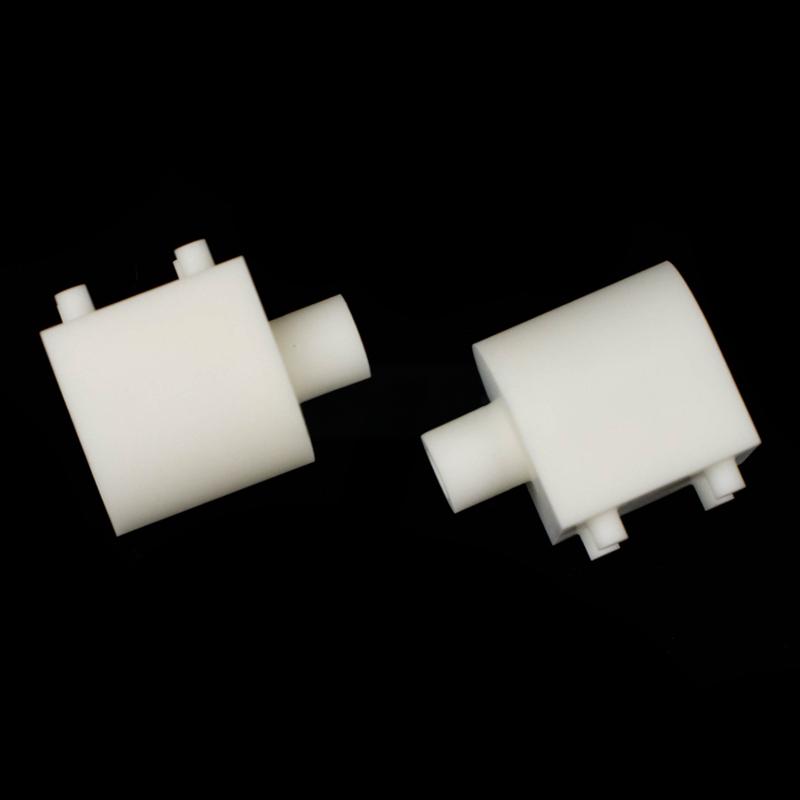
limitation
Of course, 99 alumina ceramics are not perfect either. Its main limitation lies in brittleness – it is prone to fracture under severe impact or local stress concentration, and the processing difficulty is high – the hardness of the sintered product is extremely high, and only diamond grinding tools can be used for grinding processing, which is costly. However, through structural optimization design (such as avoiding sharp corners) and composite with other materials, it is possible to effectively leverage strengths and avoid weaknesses.
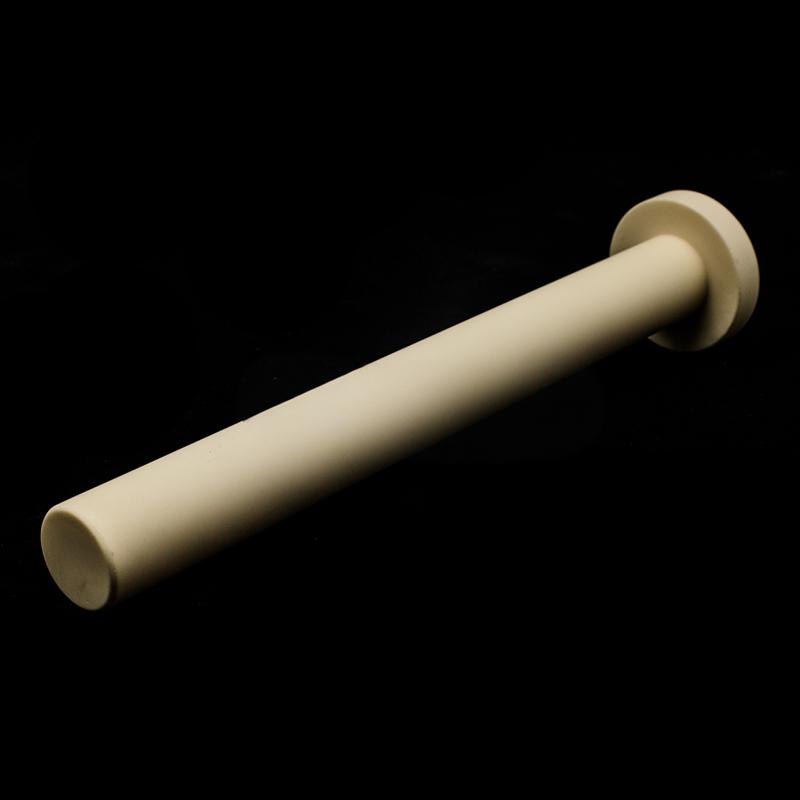
99 alumina ceramics, with its excellent properties such as wear resistance, high temperature resistance, insulation, and corrosion resistance, have successfully solved the demanding material performance requirements of many industries under extreme working conditions. It is an essential basic material for modern manufacturing to move towards high-end and precision, truly reflecting that ‘material technology is the cornerstone of industrial progress’.
Brudeze Ceramics supplies and sells a wide range of high-quality quartz glass, including alumina ceramics, zirconia ceramics, silicon nitride ceramics, aluminum nitride ceramics, silicon carbide ceramics, boron carbide ceramics, bioceramics, machinable ceramics, etc. We can meet the customization requirements of various ceramic products.
PREVIOUS:What are the specific applications of silicon carbide ceramic binding heads in the aerospace field
CATEGORIES
LATEST NEWS
- Zirconia Ceramic Rod Custom...
- High-temperature resistance...
- What is the wear resistance...
- What is the hardness of cer...
- Aluminum oxide ceramic cust...
- What are the main aspects o...
- What are the mechanical pro...
- Thermal properties of zirco...
- What properties should be c...
- What are the mechanical pro...
